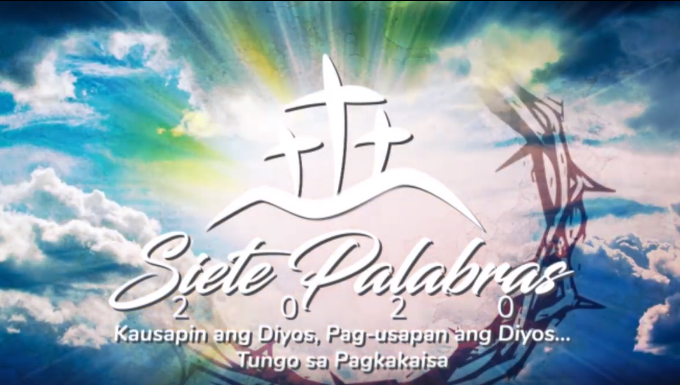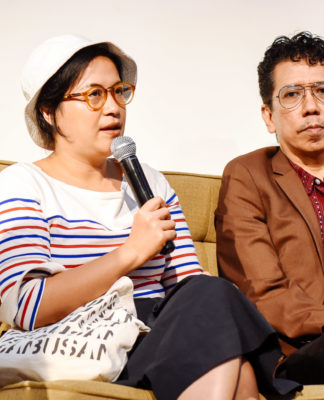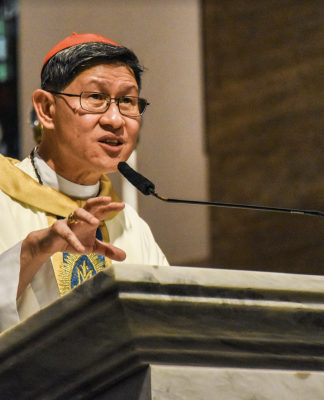 YOU MIGHT wonder if ghosts dwell on campus since UST served as a “concentration camp” during the World War II, or how in the world Fr. Roque Ruaño built the earthquake-proof Main Building on a formerly “undeveloped swampland.” You might even feel guilty upon reading some chapters of El Filibusterismo, thinking that Jose Rizal was “dissatisfied” as a UST student.
YOU MIGHT wonder if ghosts dwell on campus since UST served as a “concentration camp” during the World War II, or how in the world Fr. Roque Ruaño built the earthquake-proof Main Building on a formerly “undeveloped swampland.” You might even feel guilty upon reading some chapters of El Filibusterismo, thinking that Jose Rizal was “dissatisfied” as a UST student.
Well, dear Thomasians, don’t get your UST history wrong.
According to historian Jose Victor Torres, these are just some of the common misconceptions in UST history. Complacency is often the reason why some remain ignorant of the facts despite the abundance of available sources. But Torres has a simpler explanation.
“We simply dislike history,” he said.
Just recently, the Varsitarian reported about the errors on the UST website, particularly in the “landmarks” section. Torres made about five corrections, including the bronze plaques at the Main Building and UST’s conversion into an internment camp, or a site for civilians during the war. (The website, in its “History” section, still says that UST was converted into a concentration camp despite the corrections.)
Another article about UST’s landmarks that appeared in the Philippine Daily Inquirer last month said that the Sampaloc campus grounds, then called Loocan, were “undeveloped swampland” before UST moved here in 1927. Torres contended that the name was actually Sulucan, after the Hacienda de Sulucan owned by the Monastery of St. Clare who used to generate funds from the rice field that once stood there.
And who did not fall prey to the erroneous Jose Rizal textbooks, written by anti-friar and self-proclaimed historians? While it is obvious that the textbooks didn’t get their facts straight from university records, they also put UST in a bad light with poor interpretations of Rizal’s novel, El Filibusterismo. Some of these books are still in use right inside UST. Eminent historian Fr. Fidel Villaroel, O.P settles these misconceptions in his seminal book Rizal and the University of Santo Tomas.
Nothing can be more depressing than Thomasians, of all people, becoming conduits of the crime. Apart from dislike of history, Torres also blamed the authors’ lack of research and probably, their coyness, if not reluctance, to consult experts as well.
This spread of wrong information might just be rotten crop in a healthy harvest that, if not removed, could affect UST’s centuries of reputation.
The quadricentennary is approaching and UST should not falter at the littlest mistakes. If it is to promote its 400-year flourish, it might as well take advantage of its historic goldmine, making sure it is accurate, objective, and fair. This is not to say UST history should become a part of the curricula, but the correct knowledge of its history should be emphasized since it brings pride to the students, faculty, and administrators. It pays to know the story behind every statue, architecture, and even the University ground itself. After all, it’s not how long UST has stood that mattered, but how it struggled and emerged triumphant against the test of time.
***
Support your respective college or faculty in Pautakan 2010: the 33rd Annual Intercollegiate Quiz Contest on February 24 at the Medicine Auditorium from 8 am to 5 pm. See you there!


















